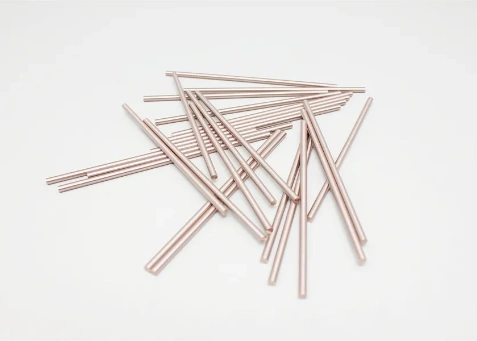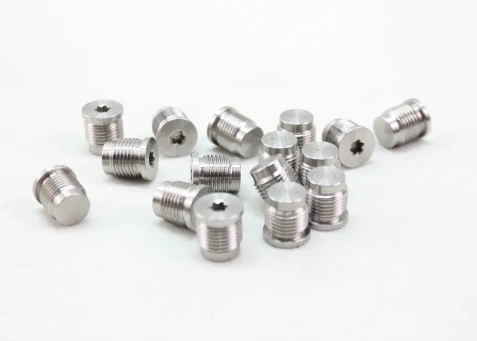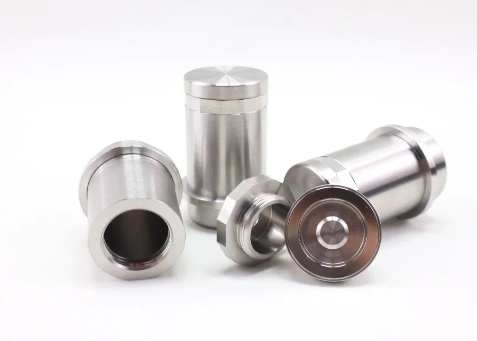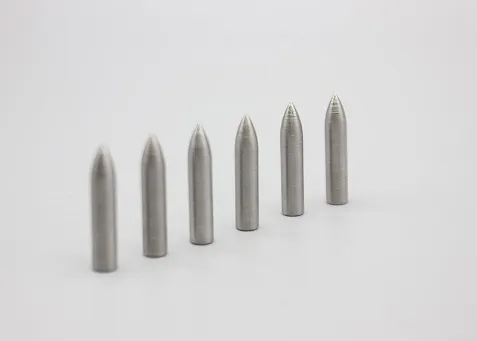What Are the Uses of Tungsten Nickel Copper Alloy
Uses of Tungsten Nickel Copper Alloy
Industries are searching for materials that combine strength, reliability, and versatility in today's competitive market. If you've ever wondered about the uses of tungsten nickel copper alloy, you're in the right place. This special alloy is now really important in things like medicine, defense, electronics, and industry.
Tungsten nickel copper alloy is a high-density composite engineered to surpass traditional alloys in demanding applications. The combination of tungsten with nickel and copper creates a material that offers toughness, machinability, and resistance to corrosion.
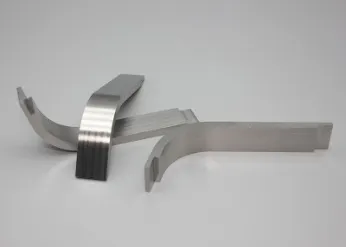
Key Properties That Make Tungsten Nickel Copper Alloy Unique
High Density and Strength
With a density close to pure tungsten but improved machinability, this alloy delivers exceptional strength-to-weight ratios, making it perfect for counterweights and shielding.
Excellent Corrosion and Wear Resistance
The addition of nickel and copper enhances its durability, ensuring long service life even in harsh environments.
Superior Machinability and Thermal Conductivity
Unlike pure tungsten, this alloy is easier to shape into complex forms and still cools really well, making it great for electronics and tough tools.
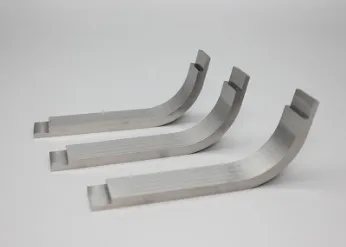
Industrial Applications of Tungsten Nickel Copper Alloy
Tungsten Nickel Copper Alloy in Medical Industry
Hospitals and laboratories rely on tungsten nickel copper alloy for radiation protection. It replaces toxic lead with a safer, high-density solution, making it essential for X-ray shielding, CT scanners, and nuclear medicine equipment.
Tungsten Nickel Copper Alloy in Defense & Security
The defense sector uses this alloy for armor-piercing projectiles, balance weights in missiles, and submarine counterweights. Its high density and durability ensure mission-critical reliability.
Tungsten Nickel Copper Alloy in Electronics & Power Sector
Thanks to its thermal and electrical conductivity, the alloy is widely used in tungsten copper electrodes, high-voltage contacts, and semiconductor parts, ensuring stable performance under extreme conditions.
Tungsten Nickel Copper Alloy in Industrial Manufacturing
Manufacturers depend on it for vibration damping components, heavy molds, and counterweights in machinery—enhancing precision and reducing wear.
Tungsten Nickel Copper Alloy in Research & Laboratories
From particle accelerators to nuclear shielding, research institutions rely on tungsten nickel copper alloy for projects requiring both density and stability.
Tungsten nickel copper alloy, though requiring a higher initial investment, proves highly cost-effective in the long run by lowering maintenance, replacement, and downtime expenses while offering greater overall value. At the same time, its recyclability and ability to replace hazardous materials such as lead make it a sustainable choice for companies committed to green manufacturing.
FAQs on What Are the Uses of Tungsten Nickel Copper Alloy
Q1: Why is tungsten nickel copper alloy used instead of pure tungsten?
A: Pure tungsten is very dense but difficult to machine. Adding nickel and copper improves machinability, toughness, and corrosion resistance.
Q2: What industries benefit most from this alloy?
A: Medical, defense, electronics, industrial manufacturing, and research laboratories.
Q3: Can tungsten nickel copper alloy be customized?
A: Absolutely. It can be machined into complex shapes, from small precision parts to large shielding blocks.
Q4: How does it perform under extreme heat?
A: Thanks to its thermal conductivity and stability, it maintains performance under high-temperature conditions, making it ideal for electronics and power systems.
Q5: Is tungsten nickel copper alloy cost-effective for procurement managers?
A: Yes. Despite higher initial costs, its longevity and performance deliver a strong return on investment.
Driving Innovation with Tungsten Nickel Copper Alloy
If you've been asking what are the uses of tungsten nickel copper alloy, the answer is clear: it's a multi-industry powerhouse. From medical imaging and defense applications to electronics and industrial manufacturing, its versatility and reliability make it a material of choice for forward-thinking businesses.

 EN
EN AR
AR FR
FR DE
DE HI
HI IT
IT JA
JA KO
KO PT
PT RU
RU ES
ES ID
ID LV
LV VI
VI HU
HU MS
MS GA
GA BE
BE YI
YI EU
EU